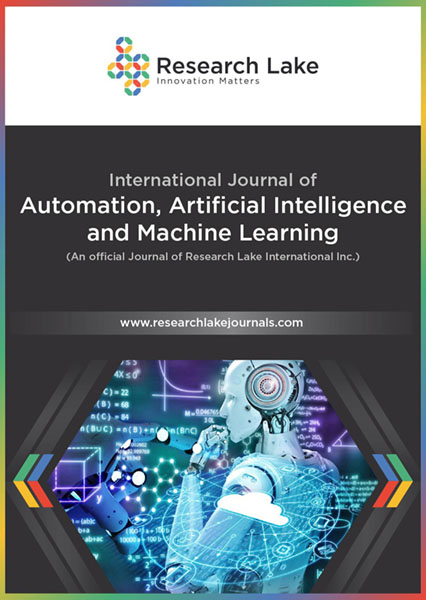Application of Belief Theories for Railway Track Defect Detection
Abstract
Faced with increasing traffic, railway infrastructures are encountering growing demands, particularly in high-traffic areas. In this context, rail and sleepers emerge as the components most susceptible to failure. To assist infrastructure managers (IM) in optimizing network maintenance, we have explored a novel method for detecting critical defects on the track. The objective is to develop a process for real-time analysis of railway infrastructure that is both frugal and efficient and can be installed on board commercial trains. This new infrastructure monitoring system integrates deep learning networks with a data fusion model based on belief theory. By modeling the decision-making process of a human operator, this processing chain has achieved detection rates exceeding 90% for the five primary defects: defective fasteners, broken fishplates and rails, surface defects, and missing nuts.
Copyright (c) 2024 Alain Rivero, Sasa Radosavlievic, Philippe Vanheeghe

This work is licensed under a Creative Commons Attribution-NonCommercial 4.0 International License.
Copyright © by the authors; licensee Research Lake International Inc., Canada. This article is an open access article distributed under the terms and conditions of the Creative Commons Attribution Non-Commercial License (CC BY-NC) (http://creative-commons.org/licenses/by-nc/4.0/).










